CETRORELIX
- CAS NO.:145672-81-7
- Empirical Formula: C70H92ClN17O14.C2H4O2
- Molecular Weight: 1491.11
- MDL number: MFCD08459466
- SAFETY DATA SHEET (SDS)
- Update Date: 2024-11-08 21:13:59

What is CETRORELIX?
Description
Cetrorelix is a synthetic peptide antagonist of the gonadotropin-releasing hormone receptor (GnRHR) with a Kd value of 0.2 nM for radioligand binding to murine LTK- cells expressing human GnRHR. It inhibits the activation of hGnRHR and a downstream luciferase reporter gene in murine LTK- cells by the GnRHR agonist [D-Trp6]GnRH (IC50 = 1.2 nM). In vivo, cetrorelix (60 μg per day) reduces tumor volume to 35% of control and decreases serum luteinizing hormone levels by 50% in a human epithelial ovarian cancer mouse xenograft model. Centrorelix (0.5 mg/kg) protects the primordial follicles (PMF) in mouse ovaries from damage induced by cyclophosphamide with 65% to 86% PMF survival compared to 46% PMF survival with a saline control. Formulations containing cetrorelix have been used to prevent ovulation during in vitro fertilization.
The Uses of CETRORELIX
Cetrorelix Acetate is an gonadotropin-releasing hormone antagonist and is used to treat hormone-sensitive cancers of the prostate and breast.
The Uses of CETRORELIX
Cetrorelix, a luteinizing hormone releasing hormone receptor (LHRHR) antagonist, was used to study its safety, mechanism of action, metabolism, and efficacy as a therapeutic agent for the treatment of blood cancers such as multiple myeloma (MM). Cetrorelix is used to evaluate its effects on a wide range of physiological processes and malignancies that involve luteinizing hormone releasing hormone receptor signaling pathways involving processes such as steroidogenesis.
Definition
ChEBI: The acetic acid salt of cetrorelix. A gonadotrophin-releasing hormone (GnRH) antagonist, it is used for treatment of infertility and of hormone-sensitive cancers of the prostate and breast.
Biochem/physiol Actions
Cetrorelix acetate is a luteinizing hormone releasing hormone receptor antagonist. It causes prepubertal reduction in bone modeling, bone density and bone strength comparable to post-menopausal bone loss.
storage
Store at -20°C
Properties of CETRORELIX
| storage temp. | -20°C |
| solubility | methanol: soluble10% |
| form | solid |
| color | White to off-white |
| Water Solubility | Soluble in water |
Safety information for CETRORELIX
| Signal word | Danger |
| Pictogram(s) |
 Health Hazard GHS08 |
| Precautionary Statement Codes |
P201:Obtain special instructions before use. P280:Wear protective gloves/protective clothing/eye protection/face protection. P308+P313:IF exposed or concerned: Get medical advice/attention. |
Computed Descriptors for CETRORELIX
Abamectin manufacturer
Piramal Pharma Solutions
BDR Pharmaceuticals International Pvt Ltd
New Products
ALUMINIUM IODIDE 100 GM BUFFER CAPSULE PH 7.0 - 10 CAP BUFFER SOLUTION PH 9.5 (BORATE) EZEE BLUE GEL STAINER BORAX CARMINE (GRENACHERS ALCOHOLIC) POTASSIUM IODATE - IODIDE SOLN 0.1 N Dabigatran Acyl-O3-D-Glucuronide Trifluoroacetic Acid Salt Isofolic Acid Dabigatran 2-O-acylglucuronide metabolite Dabigatran Acyl-?-D- glucuronide Trifluroacetic Acid Erythromycin EP Impurity A Desloratidine Related Compound ARelated products of tetrahydrofuran
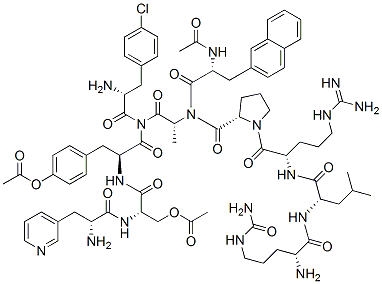
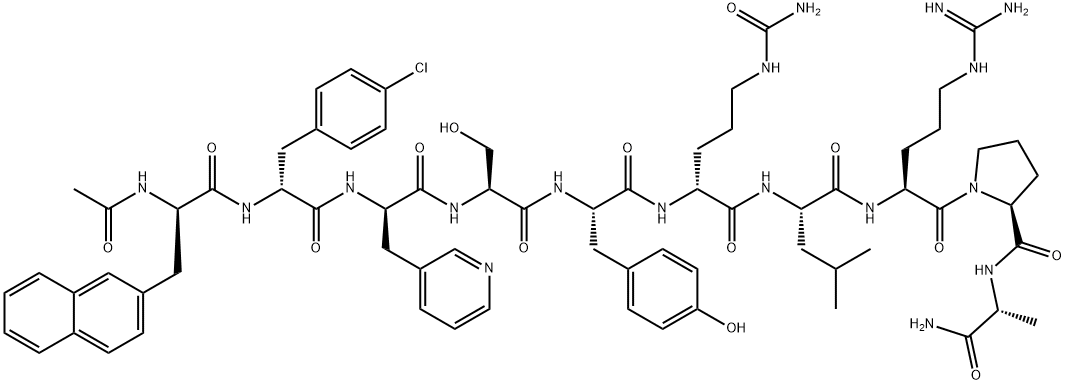
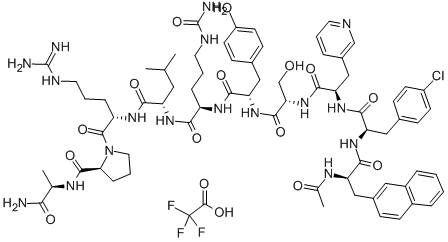
![AC-(D-ALA[3-(2-NAPHTHYL)])-[D-PHE(4-CL)]-(D-ALA[3-(3-PYRIDYL)])-SER-TYR-(D-CIT)-LEU-ARG-PRO-D-ALA-NH2, ACETATE](https://img.chemicalbook.in/)




You may like
-
 145672-81-7 Cetrorelix Acetate 99%View Details
145672-81-7 Cetrorelix Acetate 99%View Details
145672-81-7 -
 145672-81-7 98%View Details
145672-81-7 98%View Details
145672-81-7 -
 Cetrorelix Acetate 98%View Details
Cetrorelix Acetate 98%View Details
145672-81-7 -
 Cetrorelix acetate CAS 145672-81-7View Details
Cetrorelix acetate CAS 145672-81-7View Details
145672-81-7 -
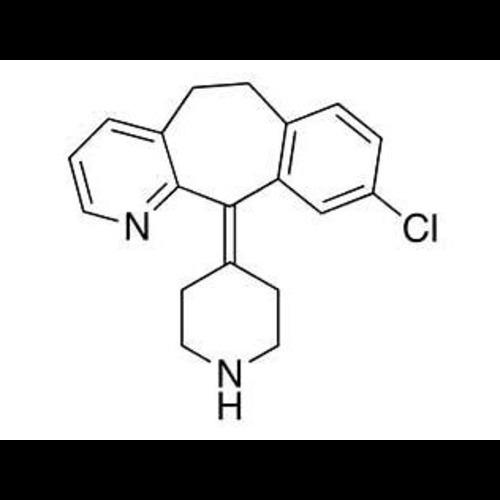 Dechloro DesloratadineView Details
Dechloro DesloratadineView Details -
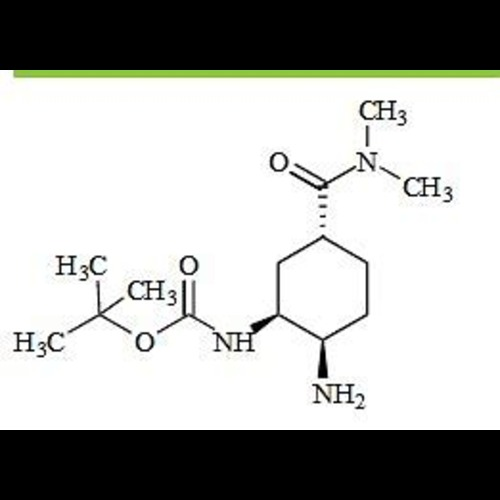 Edoxaban Impurity 57View Details
Edoxaban Impurity 57View Details
2089454-69-1 -
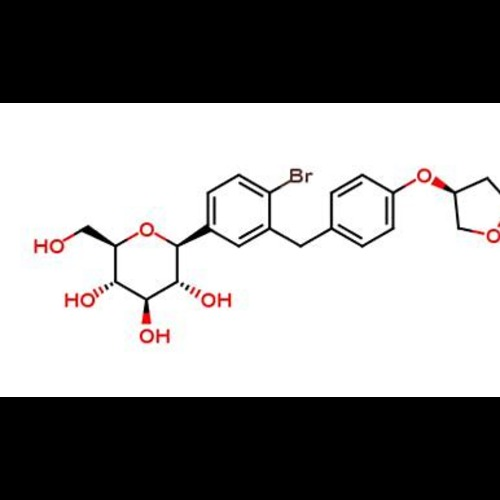 Empagliflozin Bromo ImpurityView Details
Empagliflozin Bromo ImpurityView Details -
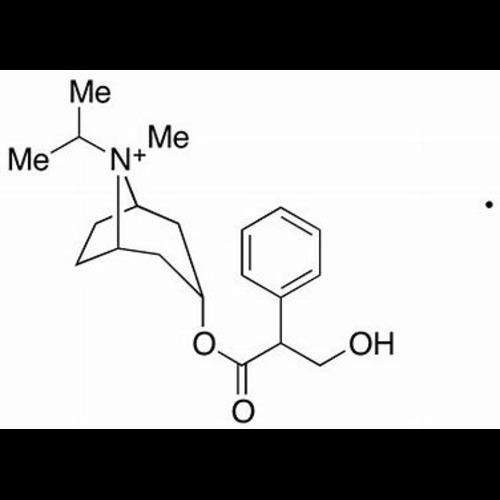 Ipratropium EP Impurity BView Details
Ipratropium EP Impurity BView Details
58073-59-9